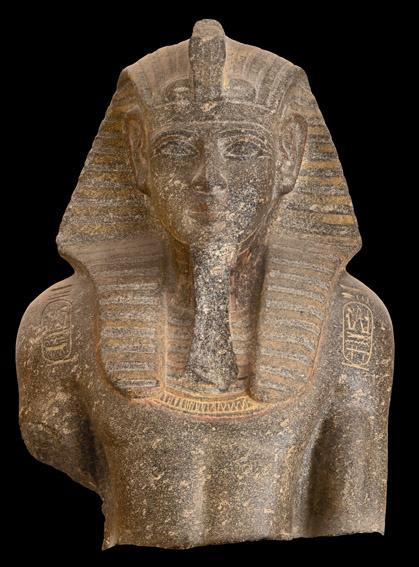
On April 3, 22 royal Egyptian mummies will be transferred from their current home at the Egyptian Museum in Tahrir to Fustat’s National Museum of Egyptian Civilization.
The mummies will take part in the The Pharaohs’ Golden Parade, an extravagant procession that will start downtown and end in Fustat.
Today, we will take a look at the lives and accomplishments of two more of these mummies: King Thutmose III and Queen Hatshepsut.
King Thutmose III
Thutmose III began his reign as monarch in name only, as he was too young to rule when his father, Thutmose II, passed. His stepmother Hatshepsut served in his place for several years, eventually declaring herself pharaoh.
For the next two decades, Thutmose III grew into a warrior pharaoh of the New Kingdom. After his stepmother’s death, he launched a series of military campaigns that solidified Egypt’s position as one of the region’s superpowers. His battle at Megiddo is considered a model of military strategy.
His mummy was discovered in the Deir el-Bahari Cache (TT 320), west of Luxor in 1881.

Queen Hatshepsut
Queen Hatshepsut was the daughter of King Thutmose I. She married her half-brother, Thutmose II. Hatshepsut served as Egypt’s regent on behalf of her stepson, Thutmose III.
The queen’s achievements and ascension to the status of pharaoh have made her one of Egypt’s most famous figures.
In ancient Egypt, a woman could not become pharaoh. However Hatshepsut, as the daughter of one pharaoh and the wife of another, claimed the purest of royal bloodlines and chose to declare herself pharaoh.
Her mummy was discovered in 1903 in tomb number KV 60 in the Valley of the Kings in Luxor.





